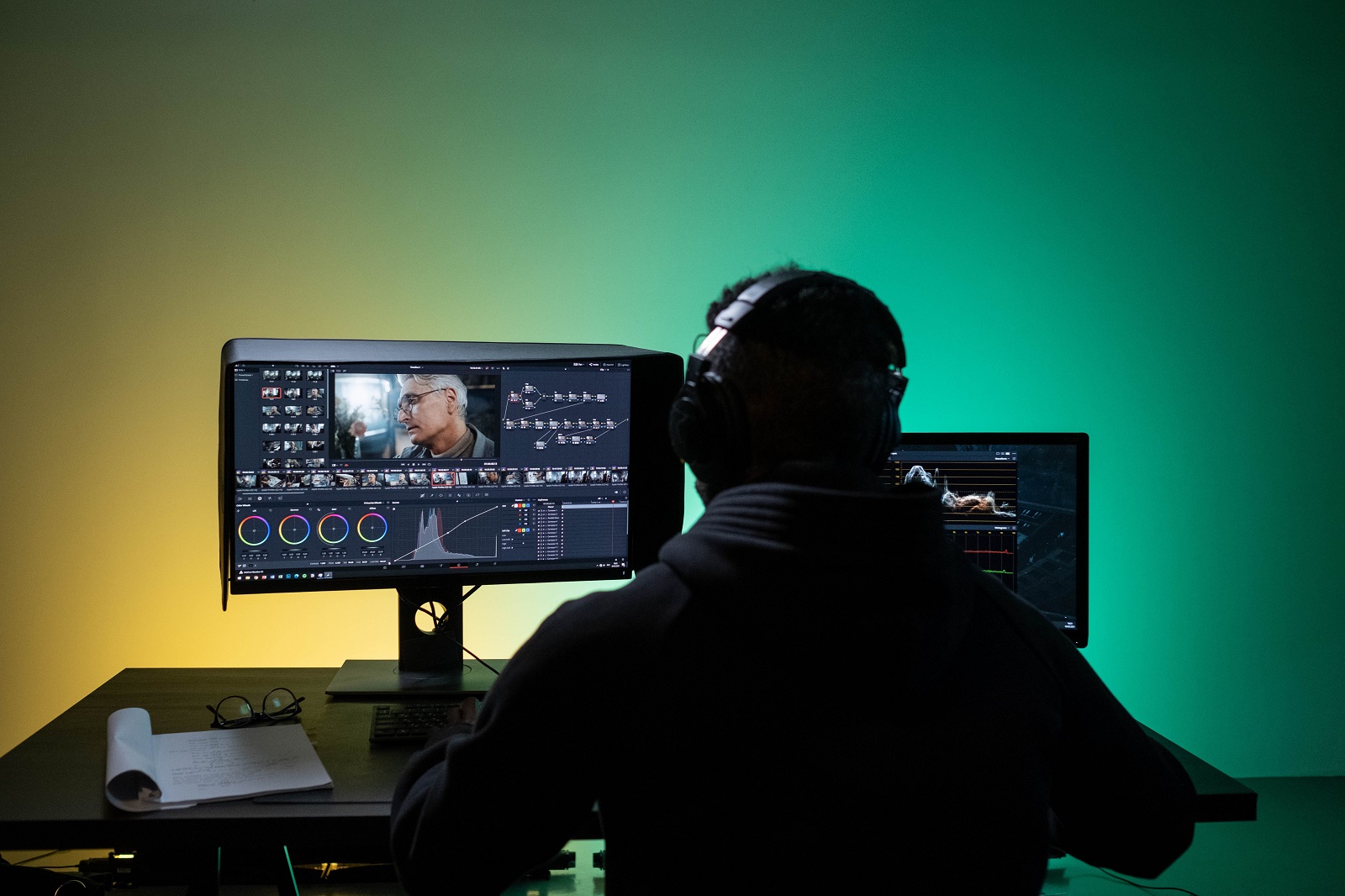Video resolution is a fundamental aspect of the digital media landscape that impacts the clarity and quality of the videos we watch. In this article, we will delve into the world of video resolution, exploring what it is, its significance, the different types of resolutions available, and how it affects our viewing experience.
Understanding the Importance of Video Resolution
Video resolution refers to the number of pixels contained in a video image. Higher resolution means more pixels, which translates to a clearer and sharper image. In the digital age, where we are surrounded by screens, understanding video resolution is crucial for anyone who enjoys watching videos.
Common Video Resolutions
3.1 Standard Definition (SD)
Standard Definition, often abbreviated as SD, was the dominant video resolution for many years. It typically has a resolution of 720×480 pixels, providing a relatively low-quality image compared to more modern standards.
3.2 High Definition (HD)
High Definition (HD) comes in two variants, 720p and 1080p. These resolutions have significantly improved video quality, with 1080p providing superior clarity at 1920×1080 pixels.
3.3 Full High Definition (Full HD)
Full HD, also known as 1080p, is the go-to resolution for most television broadcasts and Blu-ray discs. It offers excellent video quality and is widely supported by modern devices.
3.4 Ultra High Definition (UHD)
Ultra High Definition, or 4K, takes video resolution to the next level with a resolution of 3840×2160 pixels. It is quickly becoming the standard for high-quality viewing experiences.

How Video Resolution Affects Image Quality
The relationship between video resolution and image quality is straightforward. The higher the resolution, the clearer and more detailed the image appears. This is why UHD and 4K content offer such breathtaking visuals.
The Role of Pixels in Video Resolution
Pixels are the building blocks of video resolution. More pixels mean more image detail, leading to a sharper and more vibrant picture. Understanding this basic concept is essential when assessing video quality.
Aspect Ratios Explained
Aspect ratios are critical when it comes to video resolution. Two common aspect ratios are 4:3 and 16:9, each suited for different types of content.
6.1 4:3 Aspect Ratio
The 4:3 aspect ratio was prevalent in older televisions and early computer monitors. It’s more square in shape and is less commonly used today.
6.2 16:9 Aspect Ratio
The 16:9 aspect ratio is the widescreen standard used in most modern devices, providing a more cinematic viewing experience.
Choosing the Right Video Resolution
Selecting the right video resolution depends on the content, your device, and your preferences. Higher resolutions are better for large screens, while lower resolutions may suffice for smaller devices.
The Impact of Video Resolution on File Size
It’s worth noting that higher resolutions also result in larger file sizes. This can be a consideration when storing or streaming videos, as it affects the required storage space and internet bandwidth.
Video Resolution and Device Compatibility
Not all devices support every video resolution. Understanding your device’s capabilities and limitations is essential for a seamless viewing experience.
The Evolution of Video Resolution
10.1 4K and 8K Resolutions
The introduction of 4K and 8K resolutions marked a significant shift in the video industry. These ultra-high resolutions provide an immersive experience that was once unimaginable.
Streaming and Video Resolution
Streaming platforms like Netflix and YouTube have adapted to varying resolutions. They offer content in multiple resolutions to accommodate different devices and internet speeds.
Challenges in Handling High-Resolution Video
While high-resolution video offers stunning visuals, it also poses challenges in terms of storage, processing power, and internet speed requirements.
The Future of Video Resolution
The quest for higher video resolutions continues, with 8K already here and discussions about even higher resolutions on the horizon. The future promises an even more immersive viewing experience.
Conclusion
In conclusion, video resolution plays a pivotal role in our digital lives. It determines the quality of the videos we watch and impacts our overall viewing experience. Understanding the various resolutions and their implications can help us make informed choices when enjoying digital content.
FAQs
1. What is the best video resolution for my smartphone?
The ideal video resolution for your smartphone depends on your device’s screen size and your data plan. Typically, Full HD (1080p) is a good choice for most smartphones.
2. How do I change the video resolution on my streaming platform?
Most streaming platforms allow you to adjust video resolution in the settings menu. Look for options like “Quality” or “Video Resolution” to make changes.
3. Is 8K video resolution worth it for home viewing?
While 8K offers exceptional quality, its value for home viewing depends on your screen size and viewing distance. It is most appreciated on large, high-end displays.
4. What are the advantages of a higher video resolution for gaming?
Higher video resolutions enhance the gaming experience by providing sharper graphics and more detail. Gamers often prefer resolutions like 1440p or 4K.
5. How does video resolution affect the size of video files?
Video resolution directly affects the size of video files. Higher resolution videos have larger file sizes, which require more storage space and internet bandwidth for streaming.
